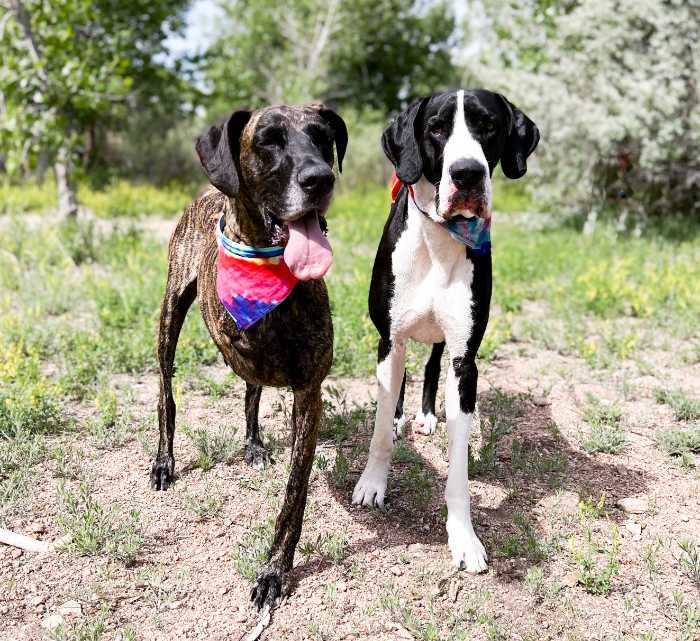
When it comes to choosing the best dry dog food for a Great Dane, there are a few things you need to keep in mind.

When it comes to choosing the best dry dog food for a Great Dane, there are a few things you need to keep in mind.

What is WSAVA, and what are WSAVA Guidelines? Why should I consider WSAVA recommendations and guidelines when choosing pet food? What are the WSAVA approved

Welcome to the world of owning a Great Dane Puppy! Now you have to figure out what to feed it. Choosing the right Great Dane